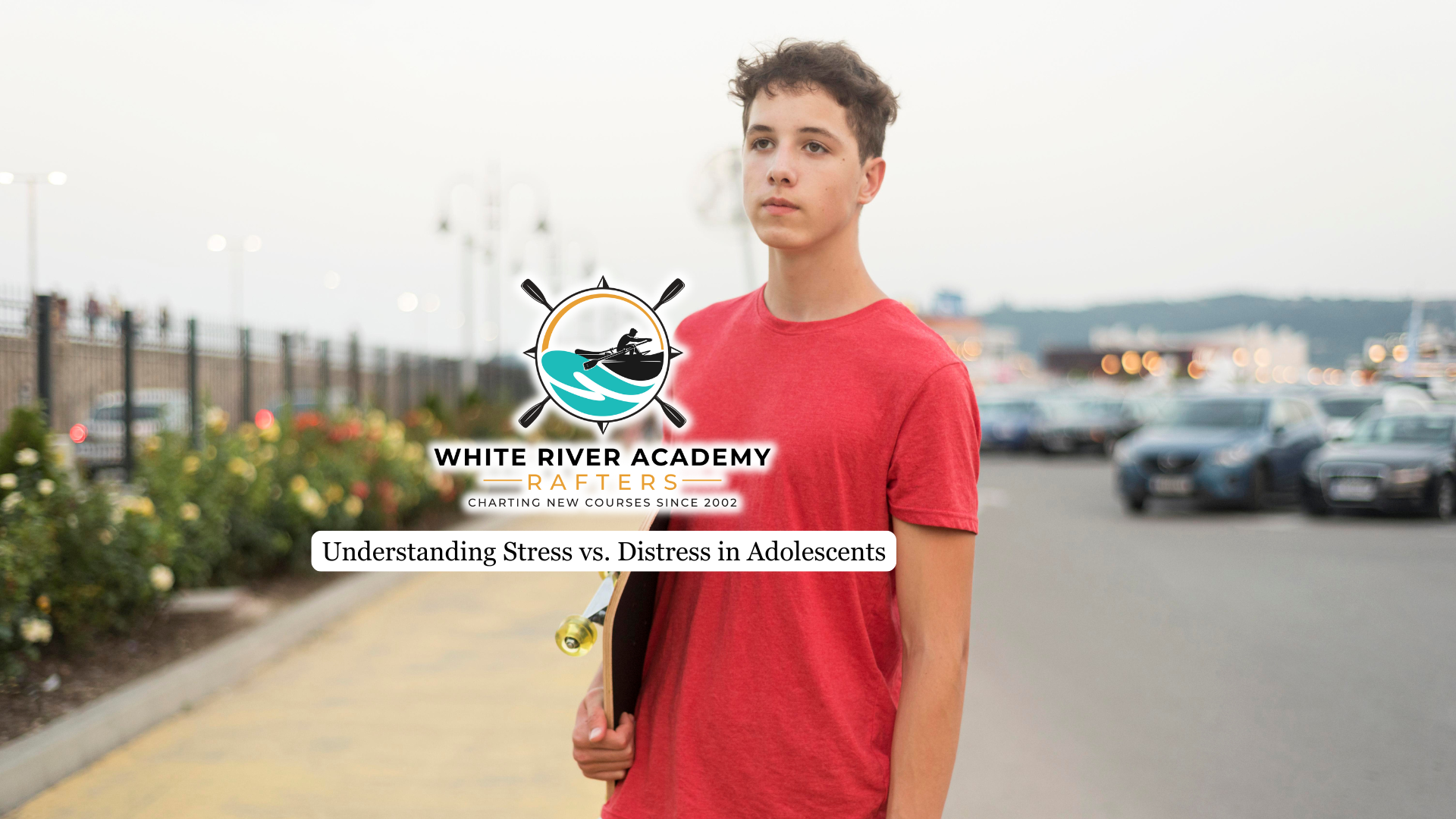Sex addiction withdrawal is a recognized clinical phenomenon, with symptoms that can persist for weeks or even months depending on individual factors. While the withdrawal process shares similarities with other behavioral addictions, its timeline and intensity can vary widely.
This article will explain the expected course of withdrawal, the factors that influence it, and effective management strategies that will help you navigate your teenage boy’s compulsive sexual behavior recovery.
Sex Addiction Withdrawal Timeline and Symptoms
Sex addiction withdrawal involves a series of physical and emotional symptoms that unfold over a period ranging from days to several months. The intensity and duration of these symptoms depend on factors such as the severity and duration of the addiction, underlying mental health conditions, and the strength of an adolescent boy’s support system.
A qualified therapist or a specialized therapeutic school can offer professional sex addiction treatment for adolescents, helping your teen boy manage withdrawal symptoms, strengthen recovery, and reduce the risk of relapse.
Early Phase: First 24–72 Hours
During the initial 24 to 72 hours after stopping compulsive sexual behaviors, individuals commonly experience the onset of withdrawal symptoms. Emotional symptoms such as mood swings, anxiety, irritability, and agitation often begin in this phase. Physical symptoms like insomnia, restlessness, and extreme tiredness may also emerge early on.
Peak Emotional Symptoms: First Two Weeks
Emotional symptoms typically reach their peak within the first two weeks of withdrawal. This period is often marked by intense mood swings, depression, anxiety, and difficulty concentrating. Many individuals report experiencing overwhelming sexual urges or cravings, which can be difficult to manage without support. Social withdrawal and trouble focusing are also common during this stage.
Physical Symptoms: First Month
Physical symptoms such as insomnia, headaches, body aches, muscle stiffness, and decreased sex drive are most prominent in the first month of withdrawal. While some individuals may continue to experience these symptoms beyond this period, most report a gradual reduction in intensity as the body and brain begin to adjust to the absence of compulsive sexual stimulation.
Persistent and Post-Acute Symptoms: Several Months or Longer
For some, certain symptoms—especially cravings, obsessive sexual thoughts, and difficulties controlling sexual desire—can persist for several months or longer. This phase, often referred to as post-acute withdrawal, may include ongoing mood changes, irritability, and challenges with emotional regulation. The persistence of these symptoms is influenced by individual factors such as addiction severity, co-occurring mental health issues, and the presence of a supportive recovery environment.

Factors That Influence Withdrawal Duration and Intensity
The duration and intensity of sex addiction withdrawal are shaped by a complex interplay of biological, psychological, and social factors. Understanding these variables is essential for predicting the course of withdrawal and for tailoring effective treatment strategies for your adolescent boy.
Severity and Duration of Addiction
A longer and more severe history of compulsive sexual behavior is strongly associated with more intense and prolonged withdrawal symptoms. Individuals who have engaged in high-frequency or long-term problematic sexual behaviors, including excessive pornography use, report higher levels of withdrawal and tolerance symptoms.
Co-Occurring Mental Health Conditions
Co-existing mental health disorders—such as anxiety, depression, bipolar disorder, ADHD, and personality disorders—can amplify withdrawal symptoms and extend the recovery timeline. These conditions may intensify emotional distress, impair impulse control, and complicate the management of cravings.
Patients with these co-occurring conditions tend to experience more severe withdrawal and are at higher risk for relapse if underlying psychiatric needs are not addressed alongside addiction treatment.
Neurochemical and Physiological Factors
Neurochemical imbalances, particularly in dopamine, serotonin, and norepinephrine systems, play a significant role in both the development of sex addiction and the severity of withdrawal symptoms.
Chronic engagement in compulsive sexual behaviors alters the brain’s reward and stress pathways, leading to increased sensitivity to withdrawal when these behaviors are stopped. These physiological changes can result in heightened cravings, mood swings, and difficulties with emotional regulation during withdrawal.
Psychological and Emotional Factors
Difficulties in emotional regulation, impulsivity, and maladaptive cognitive patterns contribute to the intensity of withdrawal symptoms. Individuals who use sexual behaviors as a coping mechanism for stress, trauma, or low self-esteem may experience more pronounced withdrawal when these behaviors are discontinued. Unresolved trauma and poor coping skills can further exacerbate symptoms and prolong recovery.
Environmental and Social Factors
The presence of strong social and professional support can significantly reduce the intensity and duration of withdrawal symptoms. Conversely, exposure to environmental triggers—such as access to sexual content, high-stress situations, or unsupportive environments—can worsen symptoms and increase relapse risk. Supportive relationships, structured routines, and engagement in therapy are protective factors that help buffer the effects of withdrawal.
Demographic Factors: Gender and Age
Males tend to experience more intense withdrawal symptoms from hypersexual behavior, with estimates suggesting that for every two to five men affected, only one woman is. This disparity may be linked to differences in neurobiology, social conditioning, and behavioral patterns.
While age and gender play a role, they are generally less influential than other underlying factors. On average, compulsive sexual behavior begins around age 18, yet most individuals don’t seek professional help until their late 30s.
How to Manage Withdrawal Symptoms Effectively
Managing withdrawal symptoms requires a multi-faceted approach that addresses both your physical and emotional needs during recovery.
You’ll benefit from engaging in regular exercise and hobbies that distract from cravings while boosting your mood. Seek professional help from therapists specializing in sex addiction in teenagers as they can provide personalized coping strategies tailored to your situation.
Build a strong support network through friends, family, or support groups where you can share experiences and maintain accountability.
Practice mindfulness techniques like meditation and deep breathing to reduce anxiety and emotional distress. Establish a structured daily routine that gives you stability and purpose throughout each day.
These combined strategies create a comprehensive framework that helps you navigate withdrawal symptoms effectively.
Final Thoughts from White River Academy
Sex addiction withdrawal is a complex journey that can unfold over weeks or even months, shaped by each teen’s unique history, mental health, and environment. While the symptoms can feel overwhelming, they are temporary, and with the right support, entirely manageable.
At White River Academy, we provide a safe, structured, and compassionate space where adolescent boys can work through these challenges with the help of evidence-based care, personalized strategies, and ongoing guidance. With a focus on family involvement and long-term wellness, our sex addiction program supports teen boys through every stage of recovery –
helping them rebuild their lives with confidence and resilience.




